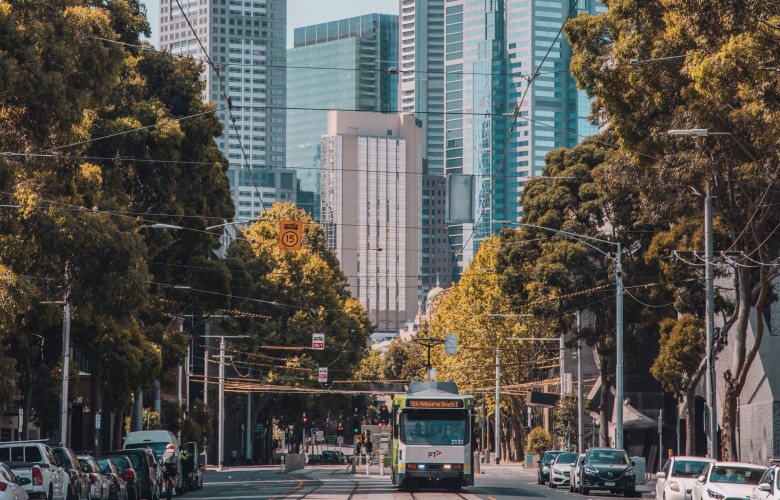John McGrath – Melbourne market rebounding but buyers have time
Contact
John McGrath – Melbourne market rebounding but buyers have time
According to John McGrath, Chief Executive Officer of McGrath Estate Agents, Melbourne market’s best days may well lie ahead.
The Melbourne market is rebounding in 2023 but at a slower pace than the other major East Coast capitals. This is giving buyers more time to take advantage of last year’s price correction.
Melbourne home values are up 4% in 2023 while Sydney and Brisbane prices are up by more than 10%. According to CoreLogic, Melbourne property prices remain -3.7% below their March 2022 peak.
The median house price in Melbourne is currently just under $940,000 and the apartment median is $615,000. Melbourne’s inner city, inner east and south east markets are seeing the strongest results.
As discussed in this year’s McGrath Report, rising interest rates have reduced the ability of first home buyers to enter the Melbourne market when compared with the low fixed-rate environment of 2021.
Despite this, there was a 2.6% month-on-month increase in new loans to first home buyers in Victoria in June 2023.
The rental market has been placed under immense pressure from the return of international students and professional workers. Whilst final figures are not yet available, net overseas migration in Australia was forecast to be 400,000 in 2022-23 and is predicted to reach 315,000 in 2023-24, and traditional population patterns suggest Melbourne will be one of the favoured destinations amongst many new arrivals.
Vacancy rates reached a record low during FY23, and currently sit at 0.8%. Rents in Melbourne grew 12.6% in the 12 months to June 2023 and recorded the highest increase in the country during the June quarter.
This trend has been particularly pronounced in inner city apartment markets and marks a stark contrast from the peak of the pandemic when Melbourne’s inner city vacancy rates increased dramatically. Despite the recovery in rents, inner city apartment price growth remains sluggish, although investor lending rose 1.3% in June 2023.
It's unlikely that this population-based demand will dissipate any time soon, with record rates of migration predicted to continue over the next year. Melbourne is on track to have one third of Australia’s entire population growth in the next decade, and overtake Greater Sydney for the title of Australia’s most populous city by 2031-32.
This growth story is expected to boost demand for Melbourne property in the medium to long term, with population pressure likely to outweigh any rise in interest rates. However, it is yet to translate into an uptick in foreign buyer activity.
Regional Victoria is also rebounding at a slower pace than other East Coast regional markets. Dwelling prices are down -2.2% in 2023 compared to 1.9% growth in regional NSW and 6.9% growth in regional Queensland. Key regional markets such as Geelong and Ballarat have recorded a reduction in demand, with prices falling and days on market increasing in both areas.
Everything that has long made Melbourne one of the most liveable cities in the world remains proudly on display. As more and more new arrivals call the city home within the next decade, the Melbourne market’s best days may well lie ahead.
View the McGrath Report to see my top Melbourne suburb picks for 2024.
The views expressed in this article are an opinion only and readers should rely on their independent advice in relation to such matters.
For more information including articles, checklists, guides and more visit McGrath’s Insights Centre.
Similar to this:
John McGrath – Sydney leads the national market recovery
John McGrath – Biggest migration surge in history impacting the market
John McGrath – Investors increasingly looking to the regions





